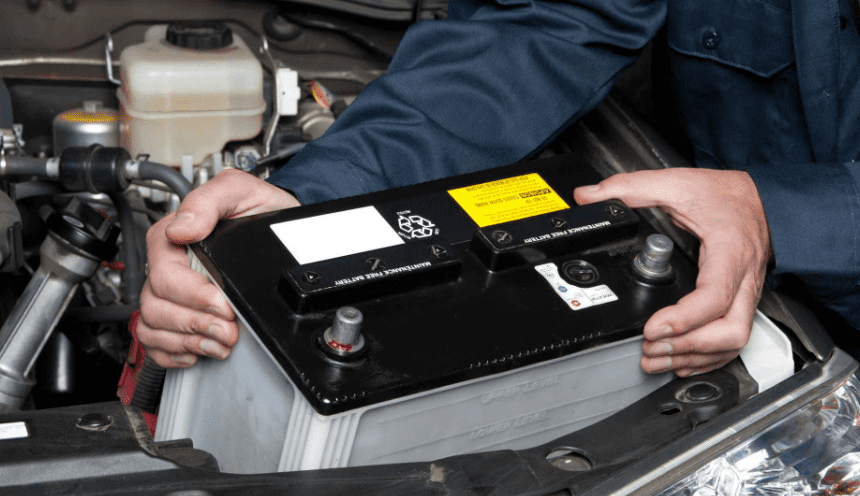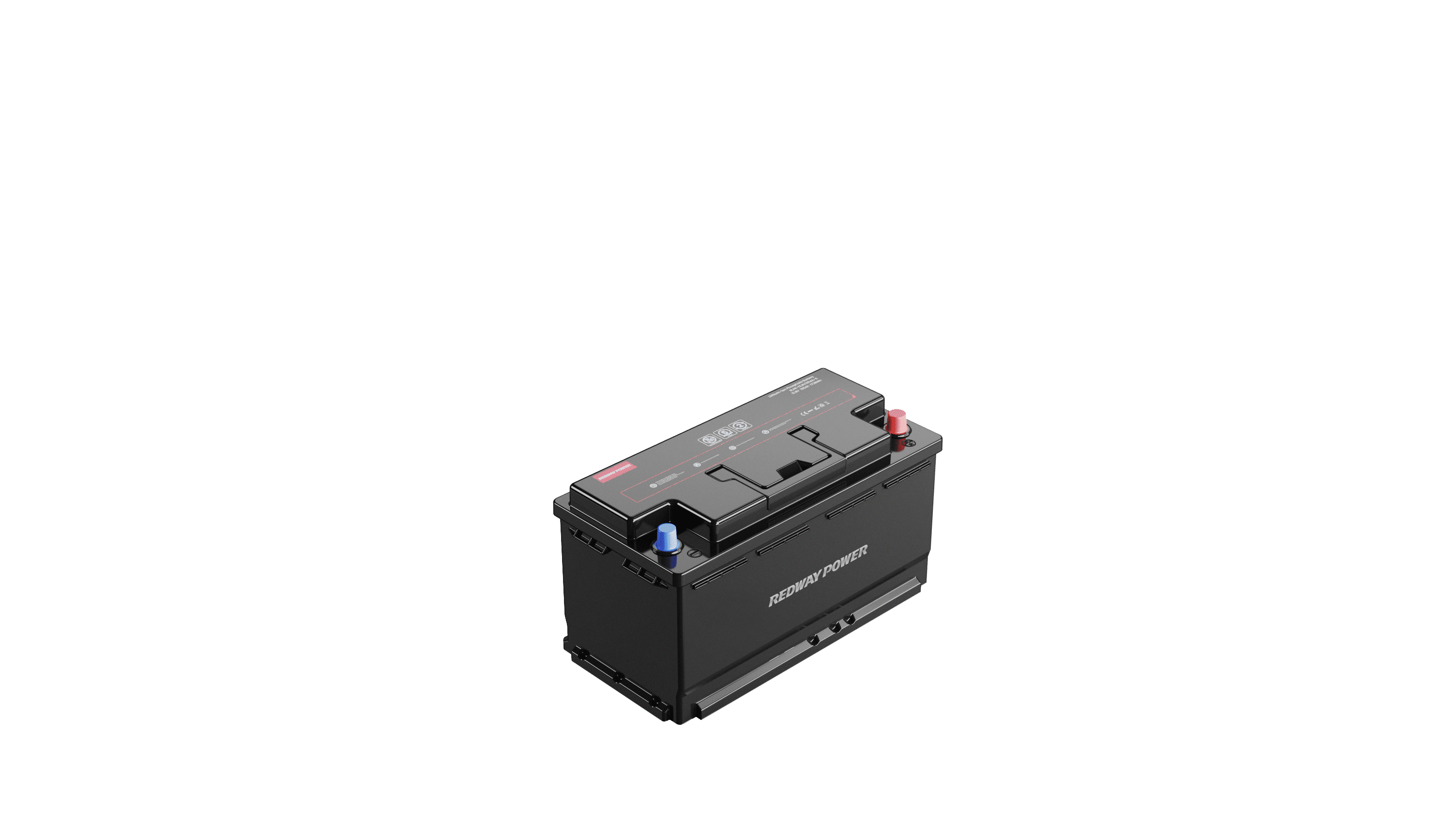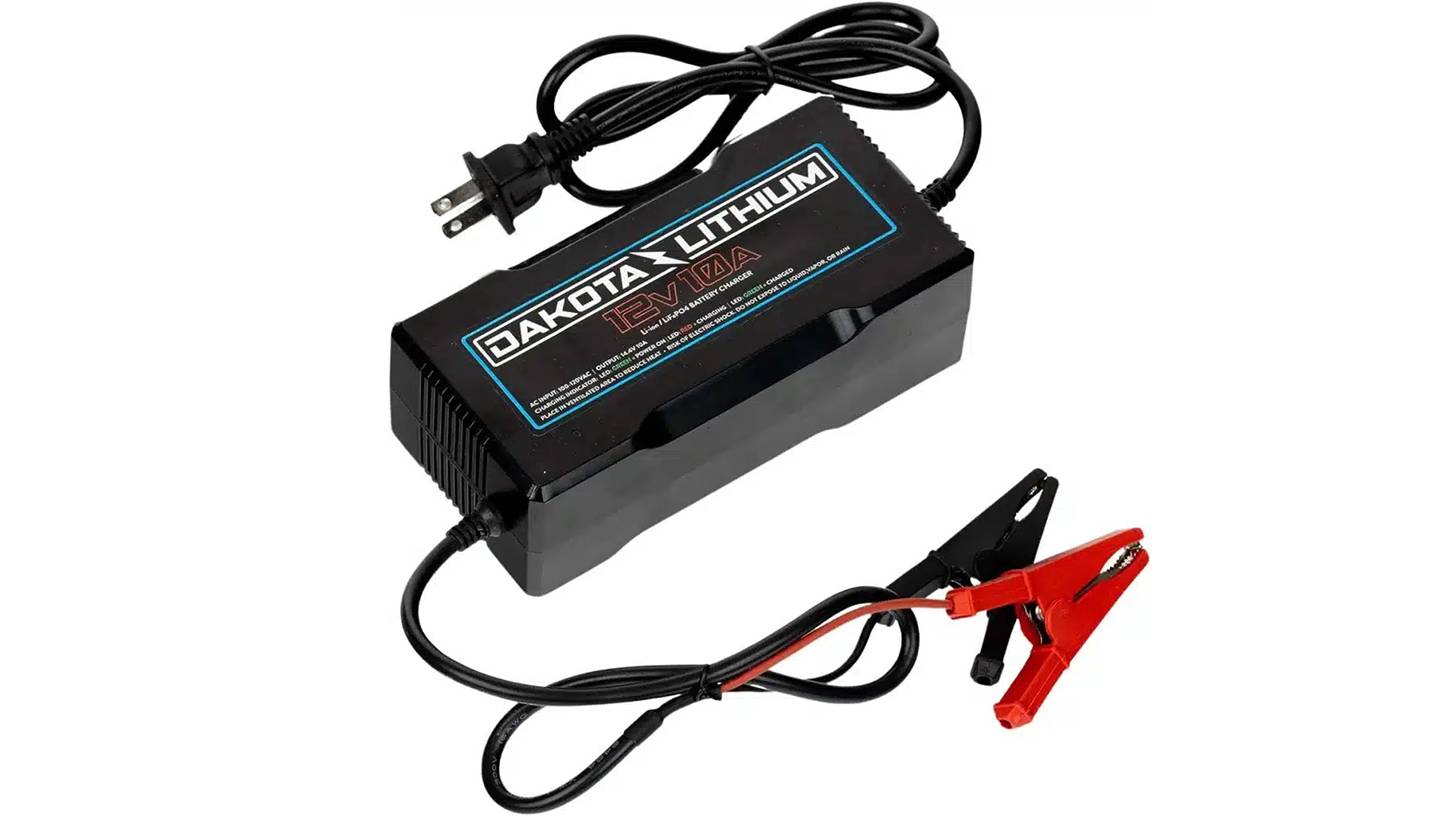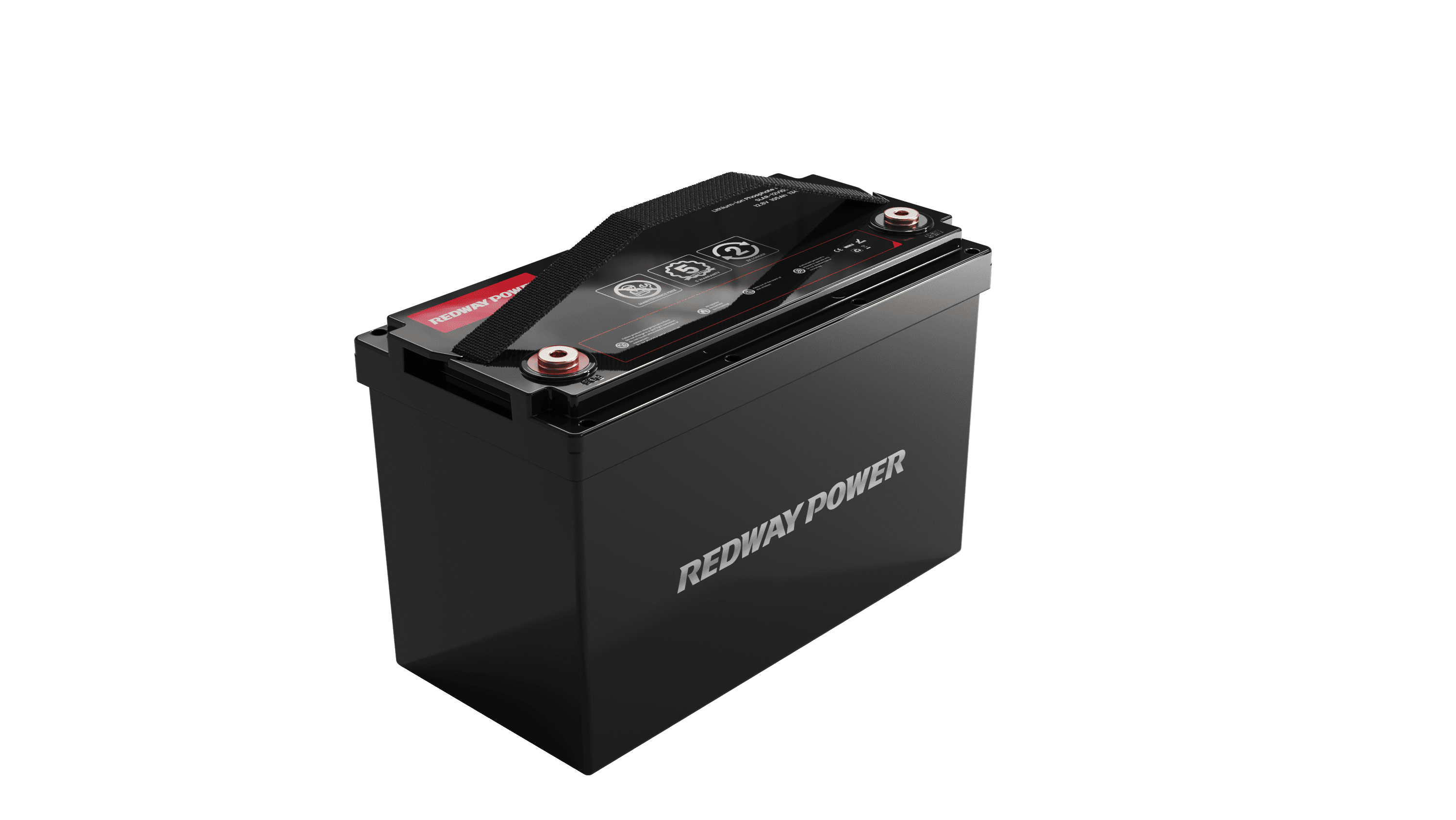Is it OK to leave a lead acid battery on charge?
Are you a serial charger, always keeping your lead acid battery topped up? Or perhaps you’re a bit more laissez-faire, leaving it plugged in for days on end? Whichever camp you fall into, the debate rages on: is it okay to leave a lead acid battery on charge? Let’s dive in and uncover the truth behind this electrifying topic.
What is a Lead Acid Battery?
A lead acid battery is a type of rechargeable battery that has been around for over 150 years. It consists of lead electrodes immersed in sulfuric acid electrolyte, which allows for the conversion of chemical energy into electrical energy. These batteries are commonly used in vehicles, backup power systems, and even renewable energy storage solutions.
The basic principle behind how a lead acid battery works is through a chemical reaction between the lead plates and the sulfuric acid. When the battery is being discharged, this reaction produces electricity to power whatever device or system it’s connected to. Conversely, when the battery is being charged, the process reverses as electrical energy is converted back into chemical energy for storage.
Lead acid batteries are known for their reliability and relatively low cost compared to other types of batteries on the market. However, they do require regular maintenance to ensure optimal performance and longevity.
The Importance of Charging a Lead Acid Battery
Lead acid batteries are essential power sources for a wide range of applications, from cars to backup systems. Ensuring that these batteries are properly charged is crucial for their performance and longevity. When a lead acid battery is not fully charged, it can lead to sulfation, which can decrease its capacity and shorten its lifespan.
Properly charging a lead acid battery helps prevent sulfation by ensuring that the electrolyte remains in good condition. It also helps maintain the battery’s voltage levels and overall health. Regular charging also prevents the battery from becoming deeply discharged, which can cause irreversible damage.
By following the manufacturer‘s guidelines on charging rates and times, you can ensure that your lead acid battery stays in optimal condition. Overcharging or undercharging can both have negative effects on the battery’s performance and longevity.
Understanding the importance of proper charging for lead acid batteries is key to maximizing their lifespan and efficiency. By taking care of your batteries through regular maintenance and correct charging practices, you can ensure they continue to provide reliable power when needed.
Potential Risks of Leaving a Lead Acid Battery on Charge
Leaving a lead acid battery on charge for an extended period may pose certain risks that could potentially affect the battery’s performance and lifespan. One of the main concerns is overcharging, which can lead to excessive heat buildup within the battery cells, causing them to degrade faster than usual. This degradation can result in reduced capacity and overall efficiency of the battery over time.
Another risk of leaving a lead acid battery on charge is the possibility of electrolyte evaporation due to prolonged exposure to high charging currents. This can lead to a decrease in the electrolyte levels within the battery, affecting its ability to hold a charge effectively. Additionally, continuous charging without proper monitoring can increase the likelihood of internal short circuits or even cause thermal runaway events in extreme cases.
To mitigate these risks, it is essential to follow manufacturer guidelines on charging times and avoid leaving the battery connected unnecessarily. Regularly checking the battery’s temperature and ensuring proper ventilation during charging can also help prevent potential hazards associated with prolonged charging periods.
How Long Should You Leave a Lead Acid Battery on Charge?
When it comes to charging a lead acid battery, one common question that arises is how long should you leave it on charge. The answer to this can vary depending on the specific circumstances and the type of charger being used.
Ideally, you should monitor the battery closely while it is charging and disconnect it once it reaches full capacity. Overcharging a lead acid battery can cause damage to its cells, leading to reduced performance and lifespan.
It’s important not to leave a lead acid battery on charge indefinitely as this can result in overcharging. Some chargers are equipped with automatic shut-off functions when the battery is fully charged, but if yours doesn’t have this feature, it’s crucial to manually disconnect the charger in time.
To determine how long you should leave your lead acid battery on charge, consider factors such as the battery’s current state of charge, the charger specifications, and manufacturer recommendations. Regularly checking the battery’s voltage levels during charging can also help gauge when it’s fully charged.
Remember that proper maintenance and care play a significant role in prolonging the life of your lead acid batteries. So always ensure you follow recommended charging practices for optimal performance and longevity.
Proper Maintenance and Care for Lead Acid Batteries
Proper maintenance and care for lead acid batteries is crucial to ensure their longevity and optimal performance. One key aspect of maintaining a lead acid battery is keeping it clean and free from dirt, debris, and corrosion. Regularly inspecting the battery terminals for any signs of buildup or damage can help prevent potential issues.
Another important factor in caring for lead acid batteries is ensuring they are properly charged. Overcharging or undercharging can both have negative effects on the battery’s lifespan. It’s essential to follow manufacturer guidelines on charging rates and durations.
Monitoring the electrolyte levels in flooded lead acid batteries is also vital. Keeping the electrolyte at the correct level helps maintain proper function and prevents damage to the internal components of the battery.
Additionally, storing lead acid batteries in a cool, dry place when not in use can help prolong their life expectancy. Extreme temperatures can impact a battery’s performance, so it’s best to store them in a controlled environment whenever possible.
Regularly testing the voltage of a lead acid battery can also provide valuable insights into its health and condition. By staying proactive with maintenance tasks like cleaning, charging correctly, monitoring electrolyte levels, storing properly, and testing voltage regularly – you can maximize the lifespan and efficiency of your lead acid batteries.
Alternatives to Leaving a Lead Acid Battery on Charge
If you’re looking for alternatives to leaving a lead acid battery on charge, there are a few options to consider. One alternative is utilizing a timer or smart charger that automatically shuts off once the battery is fully charged. This can help prevent overcharging and extend the lifespan of your battery.
Another option is investing in a float charger, also known as a trickle charger, which maintains the charge of the battery without overcharging it. This can be especially useful for batteries that are not used frequently or for long periods of time.
You could also implement regular maintenance practices such as checking the electrolyte levels and cleaning any corrosion on the terminals to ensure optimal performance and longevity of your lead acid battery. By taking these proactive steps, you can maximize the efficiency and lifespan of your battery while avoiding potential risks associated with leaving it on charge indefinitely.
Conclusion
Lead acid batteries are essential for many applications, from powering vehicles to providing backup energy. Charging a lead acid battery is crucial for maintaining its performance and longevity. However, leaving a lead acid battery on charge for an extended period can pose risks such as overcharging and potential damage.
To ensure the safety and efficiency of your lead acid battery, it is important to follow recommended charging times and properly maintain the battery. Regularly check the battery’s water levels, clean terminals, and ensure proper ventilation during charging. Consider using smart chargers or timers to prevent overcharging if you need to leave the battery connected for an extended period.
Remember that improper care of lead acid batteries can not only reduce their lifespan but also pose safety hazards. By following best practices for charging and maintenance, you can maximize the performance and durability of your lead acid battery while minimizing risks associated with prolonged charging periods.







